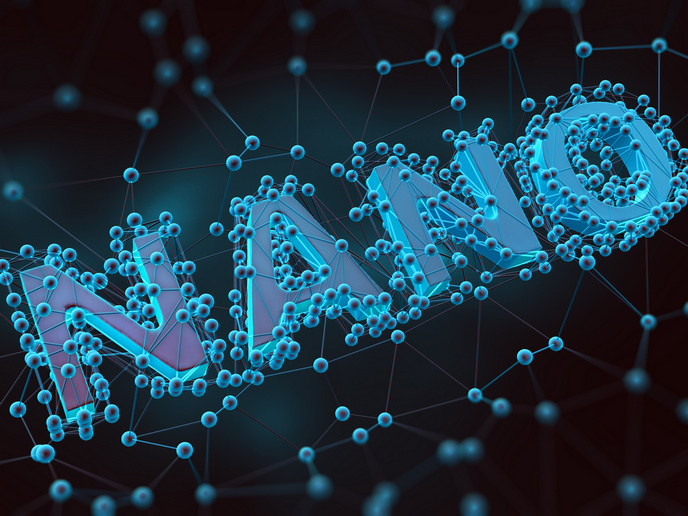Photosystem 2 — Elucidating structure and function
Photosystem II (PSII) is a membrane protein complex present in the thylakoid membranes of higher plants and algae that plays a critical role in water-splitting photosynthesis. PSII captures light energy for conversion to chemical energy, releasing oxygen into the atmosphere during photosynthesis, but its structure and function are poorly understood. The EU-funded 'Structural and functional analysis of photosystem 2 from Nicotiana tabacum' (SFAP2) project developed and investigated several techniques to shed light on PSII structure and function. State of the art technologies such as X-ray diffraction, chromatography and polyacrylamide gel electrophoresis (PAGE) were used. SFAP2 members selected the Nicotiana tabacum (tobacco) plant for PSII extraction from its leaves. Extraction and purification processes were standardised using affinity chromatography, ionic exchange chromatography and, finally, size exclusion chromatography to prevent PSII destabilisation. PAGE was used to assess sample quality and composition as well as PSII activity. Project members obtained homogenous PSII samples containing primarily monomers that retained the sub-unit S of PSII (PsbS). PsbS plays a critical role in the photo-protection of PSII. For the first time ever, a direct connection was demonstrated between PsbS and PSII monomers with important physiological implications. Purified PSII samples underwent over 2 000 crystallisation trials to optimise crystal quality prior to X-ray diffraction to elucidate crystal structure at the atomic level. Crystal quality was found to be dependent on PSII sample purity and crystallisation conditions. However, several problems were encountered with PSII structure definition due to the unpredictability of PSII crystal quality. Despite trying 52 crystallisation conditions, none of the crystals were of sufficient quality to obtain satisfactory diffraction. The work is continuing to produce PSII crystals of sufficient quality for structural analysis. SFAP2 results form the basis for the selective genetic modification of plants that can also be used to produce green energy systems. Applications also include development of more resistant and efficient cultivars that could grow in pre-desert areas.






